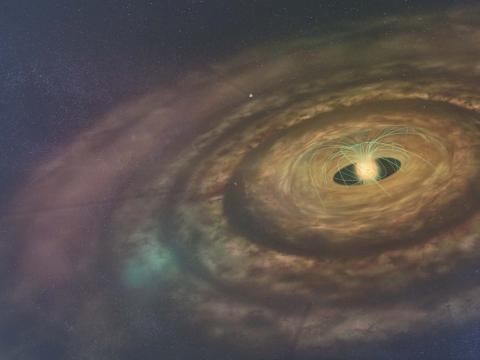The chemistry of protoplanetary disks sets the initial composition of newly formed planets and may regulate the efficiency by which planets form. Disk chemical abundances typically evolve over timescales spanning thousands if not millions of years. Consequently, it was a surprise when ALMA observations taken over the course of a single year showed significantly variable emission in H13CO+ relative to the otherwise constant thermal dust emission in the IM Lup protoplanetary disk. HCO+ is a known X-ray sensitive molecule, and by using simple time-evolving chemical models including stellar activity, we demonstrate that stellar X-ray flares are a viable explanation for the observed H13CO+ variability. If this link between chemistry and stellar activity is confirmed, simultaneous observations can provide a new tool to measure (and potentially map) fundamental disk parameters, such as electron density, as the light from X-ray flares propagates across the disk.

